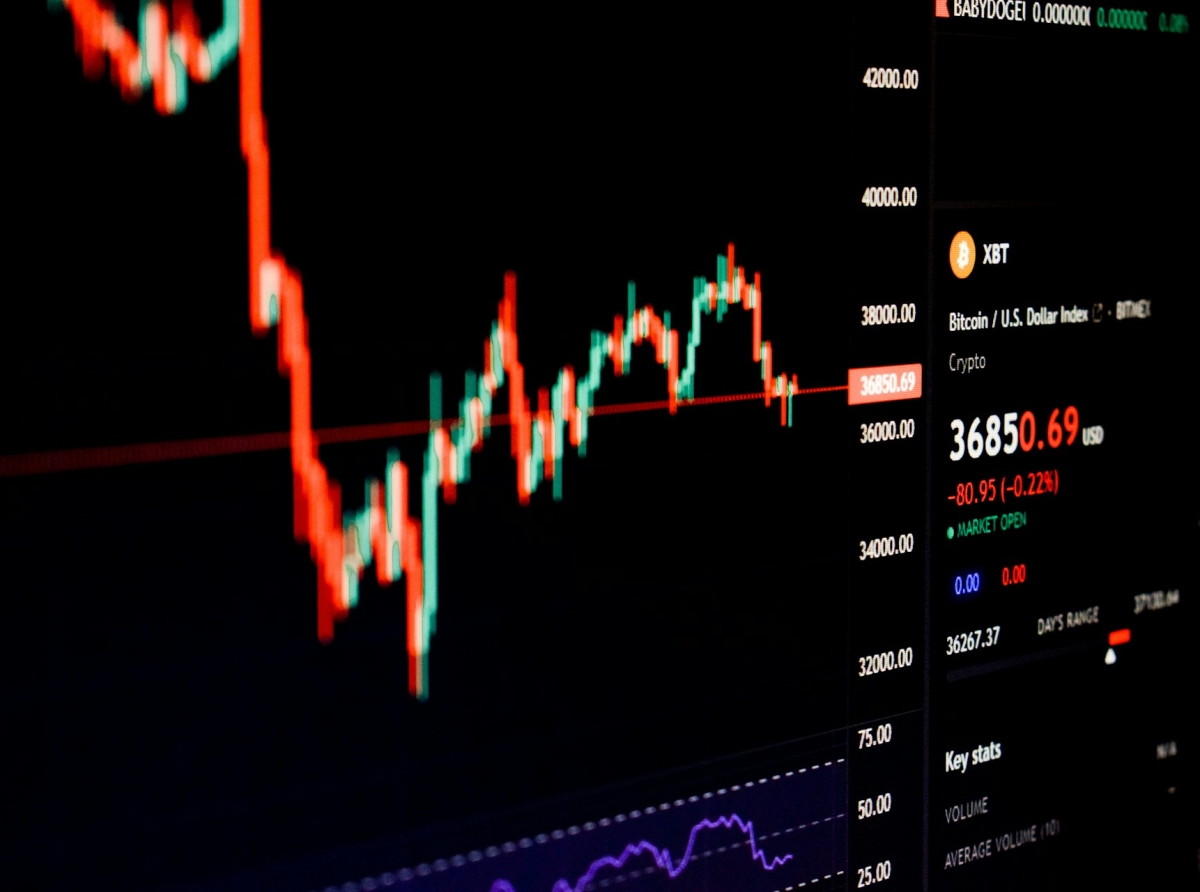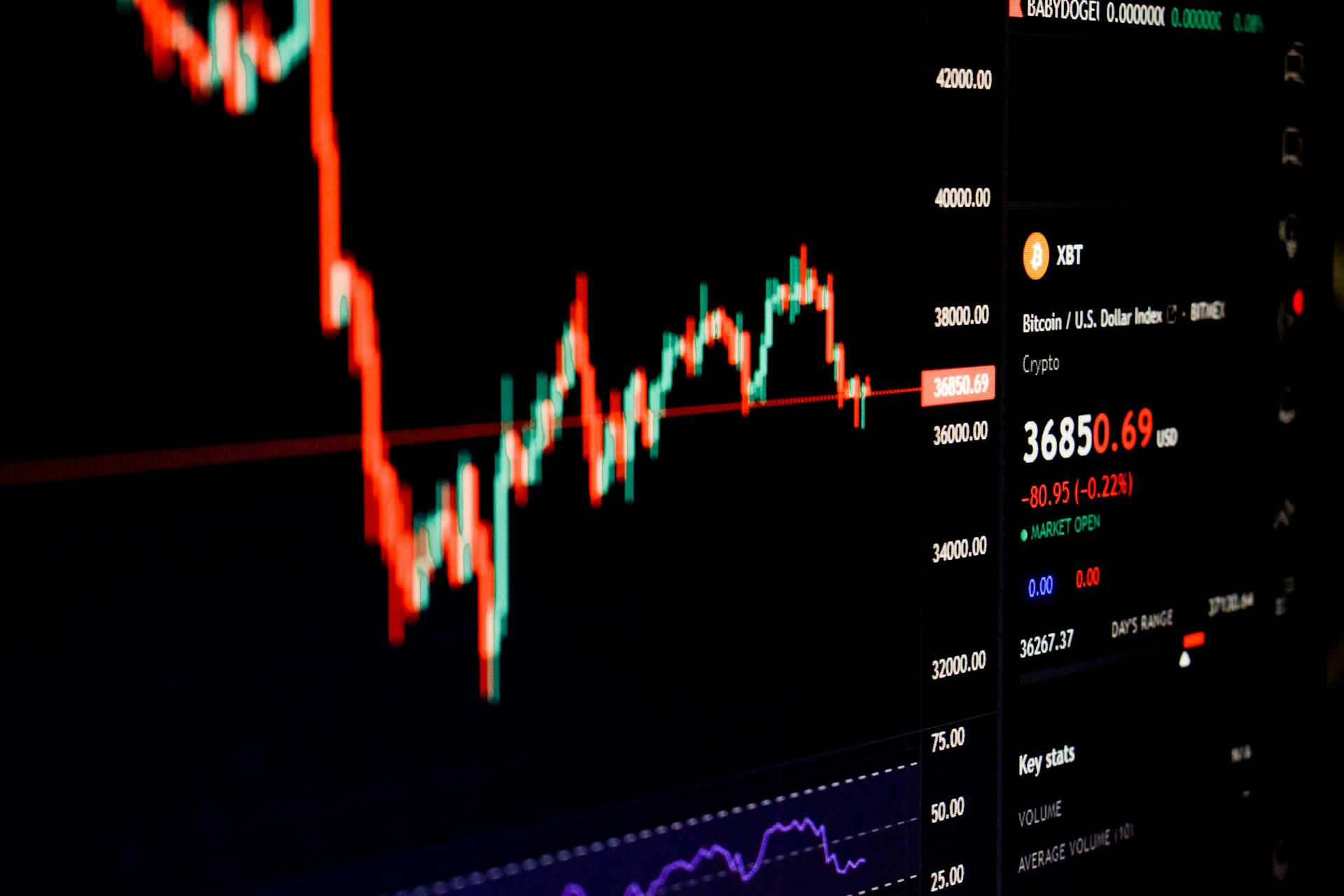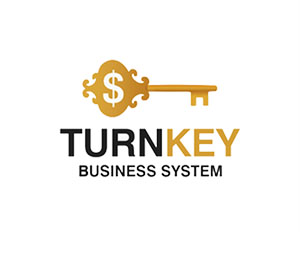
Forex Trading on Autopilot: Reality or Myth?
Forex trading has always attracted both beginners and professionals due to its potential profitability. However, the market is complex, volatile, and requires significant time investment for data analysis and decision-making.
This leads many traders to ask: Can Forex trading be trusted to autopilot?
Is it possible to profit by relying solely on automated systems like trading robots (Expert Advisors) or algorithms?
Let’s explore what lies behind the concept of "autopilot trading," its advantages and risks, and whether it’s a real opportunity or just a myth.
This leads many traders to ask: Can Forex trading be trusted to autopilot?
Is it possible to profit by relying solely on automated systems like trading robots (Expert Advisors) or algorithms?
Let’s explore what lies behind the concept of "autopilot trading," its advantages and risks, and whether it’s a real opportunity or just a myth.

Forex Trading on Autopilot: Reality or Myth?
What is Autopilot Trading?
Autopilot trading refers to the use of automated systems or algorithms to execute trades on behalf of a trader. These systems are designed to analyze market conditions, identify trading opportunities, and execute buy/sell orders without human intervention. Key components include:Expert Advisors (EAs): Pre-programmed trading robots that operate on platforms like MetaTrader 4/5.
Algorithmic Trading: Strategies coded into software to execute trades based on predefined rules.
Signal Services: Automated systems that provide trade signals, which can be executed manually or automatically.
The goal of autopilot trading is to eliminate emotional decision-making, reduce human error, and allow traders to participate in the market 24/7 without constant monitoring.
Advantages of Autopilot Trading
Emotion-Free TradingHuman emotions like fear and greed often lead to poor trading decisions. Automated systems operate based on logic and predefined rules, ensuring consistency.
Speed and Efficiency
Algorithms can analyze vast amounts of data and execute trades in milliseconds, far faster than any human trader.
Backtesting Capabilities
Most automated systems allow traders to test their strategies on historical data to evaluate performance before going live.
24/7 Market Monitoring
Unlike humans, automated systems can monitor the market around the clock, ensuring no trading opportunities are missed.
Customization
Traders can tailor algorithms to match their specific trading style, risk tolerance, and financial goals.
Risks and Challenges
Technical FailuresAutomated systems are not immune to glitches, connectivity issues, or platform malfunctions, which can result in losses.
Over-Optimization
Backtesting can sometimes lead to over-optimized strategies that perform well on historical data but fail in live markets.
Market Volatility
Sudden market movements, especially during news events or economic crises, can disrupt even the most sophisticated algorithms.
Lack of Adaptability
While humans can adjust to changing market conditions, automated systems rely on predefined rules and may struggle to adapt to unforeseen scenarios.
Dependence on Quality
The success of autopilot trading depends heavily on the quality of the algorithm or EA being used. Poorly designed systems can lead to significant losses.
Is Autopilot Trading Realistic?
Yes, autopilot trading is a reality, but with caveats. It works best when combined with human oversight and proper risk management. Here’s what makes it realistic:Proven Success Stories: Many professional traders and institutions use algorithmic trading to manage large portfolios effectively.
Technological Advancements: Modern tools and AI-driven systems have made automated trading more reliable and accessible.
Accessibility: Platforms like MetaTrader offer user-friendly interfaces for deploying EAs, making it easier for retail traders to get started.
However, it’s important to note that autopilot trading is not a "set-and-forget" solution. Continuous monitoring, optimization, and updates are essential to ensure long-term success.
Myths About Autopilot Trading
"It Guarantees Profits"No system can guarantee profits. Market conditions are unpredictable, and even the best algorithms can experience losses.
"It Requires No Effort"
While automation reduces manual work, traders still need to research, test, and optimize their systems regularly.
"It’s Only for Experts"
While coding skills can help, many ready-made EAs and signal services are available for beginners.
Tips for Successful Autopilot Trading
Choose Reliable ToolsInvest in high-quality EAs or algorithms with proven track records. Avoid cheap or untested solutions.
Test Thoroughly
Always backtest your system on historical data and run it in a demo account before going live.
Monitor Performance
Even automated systems require periodic checks to ensure they’re functioning as expected.
Diversify Strategies
Don’t rely on a single EA or algorithm. Use multiple systems to spread risk.
Stay Informed
Keep up with market trends and news that could impact your automated strategies.
Conclusion
Forex trading on autopilot is neither a guaranteed path to riches nor a complete myth. It’s a powerful tool that, when used correctly, can enhance trading efficiency and profitability. However, success depends on careful planning, ongoing management, and a realistic understanding of the risks involved. For traders willing to invest time and effort into setting up and maintaining their systems, autopilot trading can be a valuable addition to their toolkit.
So, is autopilot trading right for you? If you’re disciplined, tech-savvy, and committed to continuous learning, it could be a game-changer. Just remember: Automation is a tool, not a magic wand.
Forex trading on autopilot is neither a guaranteed path to riches nor a complete myth. It’s a powerful tool that, when used correctly, can enhance trading efficiency and profitability. However, success depends on careful planning, ongoing management, and a realistic understanding of the risks involved. For traders willing to invest time and effort into setting up and maintaining their systems, autopilot trading can be a valuable addition to their toolkit.
So, is autopilot trading right for you? If you’re disciplined, tech-savvy, and committed to continuous learning, it could be a game-changer. Just remember: Automation is a tool, not a magic wand.









Report
My comments